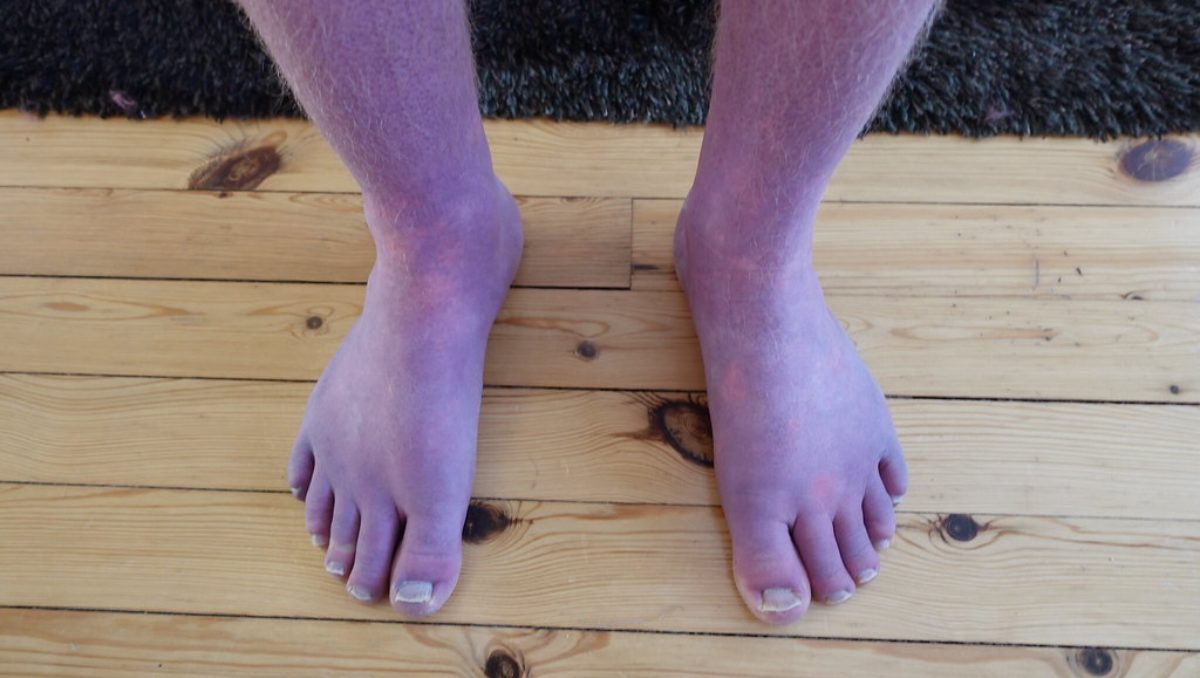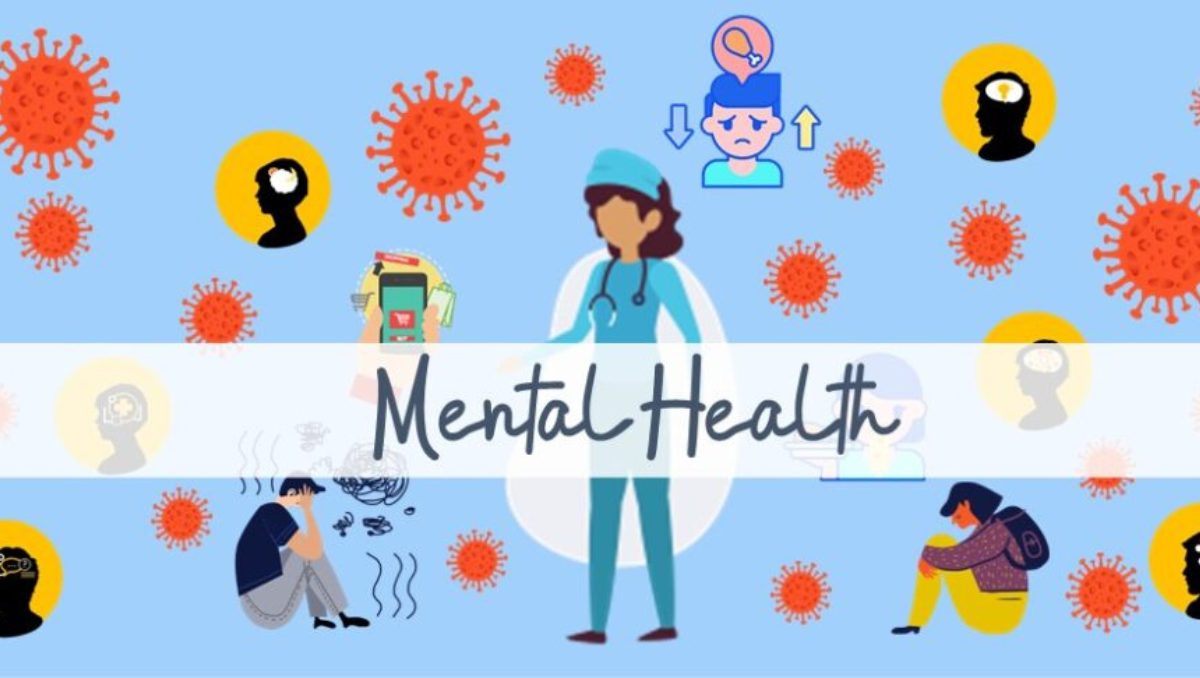A new, perplexing symptom “Blue legs” has surfaced as the Covid-19 pandemic’s effects are still being felt throughout the world, raising questions about the virus’s potential long-term repercussions. Discussions regarding the potential unresearched symptoms of Long Covid have recently been triggered by a case involving a patient who had “Blue legs” recently.
Table of Contents
Unveiling Acrocyanosis (Blue legs): Unusual Long COVID Symptom Sparks Concern

According to a new study, an uncommon example of a patient with Long Covid whose legs became blue after 10 minutes of standing is what highlights the need for improved awareness of this symptom among persons with the illness.
In the research, which was written by Dr Manoj Sivan at the University of Leeds, the condition of a 33-year-old man with acrocyanosis—a condition in which venous blood accumulates in the legs—is examined.
He had tested positive for Covid-19 in the past but had since recovered, and arrived with a startling discolouration on his legs that had taken on a bluish tint. This symptom originally confused medical practitioners because it had not previously been well-documented in Covid-19 instances. A further look into the woman’s complaints revealed that he had been dealing with Long Covid, which is characterised by chronic weariness, shortness of breath, and brain fog.
“Blue legs” Connection to Long Covid: A Complex Puzzle Emerges
The discussion of Long Covid symptoms’ diversity and evolution has been rekindled in light of this incidence. The “blue legs” instance highlights the need for a thorough understanding of how the virus can influence many systems inside the body, even if weariness, bodily pains, and problems focusing are among the most typical symptoms.
Vascular Impact: Exploring Links Between Covid-19 and Circulation
A possible link between the “blue legs” symptom and the vascular side effects of Covid-19 is now being investigated by experts. It is known that the virus may affect blood vessels and induce inflammation, which may result in blood clotting and other circulatory problems. This raises the possibility that the vascular anomalies brought on by the virus may be connected to the discolouration seen in this case.
Vigilance and Care: Monitoring Health Post Covid-19 Recovery

Dr Sivan, Honorary Consultant in Rehabilitation Medicine and Associate Clinical Professor at the University of Leeds School of Medicine emphasises the significance of identifying unusual Long Covid symptoms “blue legs”. The medical community has made considerable progress in understanding the virus, but there is still much to learn about the infection’s long-term impacts, he argues. The “blue legs” case serves as a reminder of the importance of being vigilant in identifying and treating symptoms that might not correspond to the typical profile of Covid-19 problems.
Healthcare specialists are advising those who have recovered from Covid-19 to keep an eye on their health as Long Covid research develops. Regular check-ups and honest contact with healthcare professionals can aid in spotting and treating developing symptoms before they worsen.
Addressing Mental Health: Comprehensive Support for Long Covid Sufferers

The example also brings to light how crucial it is for Long Covid patients to have help for their mental health. Anxiety, despair, and feelings of loneliness can be experienced by many people who are struggling with prolonged symptoms, including those who are not generally affected by Covid-19. To achieve a holistic approach to healing, comprehensive care should involve both physical and mental health exams.
Seeking Clarity: Establishing Guidelines for Long Covid Diagnosis and Treatment
Clearer standards are being developed to diagnose and treat Long Covid, especially when new and unexpected symptoms like “blue legs” keep appearing. Researchers are working together to create targeted therapies that might lessen the long-term effects of the virus and to better understand the processes behind these symptoms.
Conclusion:
The “blue legs” example serves as a sad reminder that Covid-19’s effects go beyond the original sickness, so to speak. Both medical professionals and patients who have recovered from Long Covid continue to face difficulties as a result of the infection. We may strive towards more effective therapies and assistance for those affected by the virus’s lasting effects by being alert to new symptoms and increasing our grasp of the complexity of the infection.













